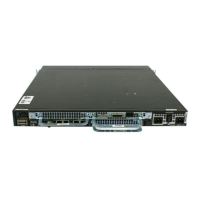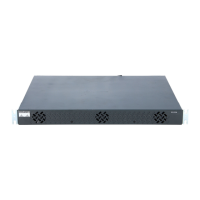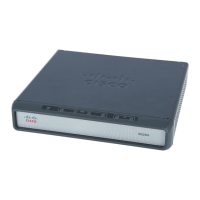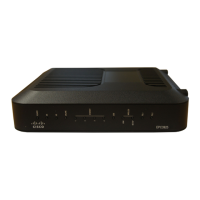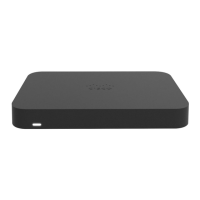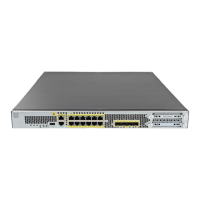3-13
Cisco AS5350 and Cisco AS5400 Universal Gateway Software Configuration Guide
OL-3418-02 B0
Chapter 3 Basic Configuration Using the Command-Line Interface
Configuring ISDN PRI
9944 Line Code Violations, 0 P-bit Coding Violation,
0 C-bit Coding Violation, 0 P-bit Err Secs,
0 P-bit Severely Err Secs, 0 Severely Err Framing Secs,
86400 Unavailable Secs, 0 Line Errored Secs,
0 C-bit Errored Secs, 0 C-bit Severely Errored Secs
Tip If you are having trouble, make sure the show controller output is not reporting alarms or violations.
Also, see “Configuring Channelized T1 and E1 Trunk Cards” section on page 3-9.
Configuring ISDN PRI
Your ISDN PRI interfaces are configured on the following Cisco AS5350 and Cisco AS5400 trunk
cards: AS54-DFC-8CT1, AS54-DFC-8CE1 and AS54-DFC-CT3. ISDN provides out-of-band signaling
using the D channel for signaling and the B channels for user data.
Channelized T1 ISDN PRI offers 23 B channels and 1 D channel. Channelized E1 ISDN PRI offers
30 B channels and 1 D channel. Channel 24 is the D channel for T1, and channel 16 is the D channel for
E1.
For a complete description of the commands mentioned in this chapter, refer to the Dial Technologies
Command Reference, available online at
http://www.cisco.com/univercd/cc/td/doc/product/software/ios122/122cgcr/index.htm.
Request PRI Line and Switch Configuration from a Telco Service Provider
Before configuring ISDN PRI on your Cisco router, you need to order a correctly provisioned ISDN PRI
line from your telecommunications service provider.
This process varies from provider to provider on a national and international basis. However, some
general guidelines follow:
• Determine if the outgoing B channel calls are made in ascending or descending order. The Cisco IOS
software default is descending order; however, if the switch from the service providers is configured
for outgoing calls made in ascending order, the router can be configured to match the switch
configuration of the service provider.
• Ask for delivery of calling line identification. Providers sometimes call this CLI or automatic
number identification (ANI).
• If the gateway will be attached to an ISDN bus (to which other ISDN devices might be attached),
ask for point-to-multipoint service (subaddressing is required) and a voice-and-data line.
Table 3-2 provides a sample of the CT1 configuration attributes you might request for a PRI switch.
Table 3-2 CT1 Configuration Attributes
Attribute Value
Line format Extended Superframe Format (ESF)
Line coding Binary 8-zero substitution (B8ZS)
Call type 23 incoming channels and 23 outgoing channels
Speed 64 kbps
Call-by-call capability Enabled

